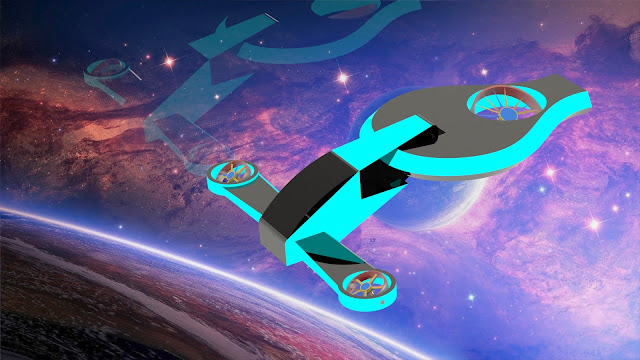DRONE RENDER AND VIDEO
(MECHANICAL, ELECTRICAL, DESIGN ANIMATION)

The primary motive of posting this blog is to provide new design and enhancing the learning skills and do some creative with creating videos using animation.
A drone, in technological terms, is an unmanned aircraft. Drones are more formally known as unmanned aerial vehicles (UAVs) or unmanned aircraft systems (UASes).
 In the recent past, UAVs were most often associated with the military, where they were used initially for anti-aircraft target practice, intelligence gathering and then, more controversially, as weapons platforms. Drones are now also used in a wide range of civilian roles ranging from search and rescue, surveillance, traffic monitoring, weather monitoring and firefighting, to personal drones and business drone-based photography, as well as videography, agriculture and even delivery services.
In the recent past, UAVs were most often associated with the military, where they were used initially for anti-aircraft target practice, intelligence gathering and then, more controversially, as weapons platforms. Drones are now also used in a wide range of civilian roles ranging from search and rescue, surveillance, traffic monitoring, weather monitoring and firefighting, to personal drones and business drone-based photography, as well as videography, agriculture and even delivery services.DRONE VIDEO IN SPACE ANIMATION
Drones contain a large number of technological components, including;
- Electronic Speed Controllers (ESC), an electronic circuit that controls a motor’s speed and direction.
- Flight controller
- GPS module
- Battery
- Antenna
- Receiver
- Cameras
- Sensors, including ultrasonic sensors and collision avoidance sensors
- Accelerometer, which measures the speed
- Altimeter, which measures altitude
Any discussion about drone features is closely tied to the type and use case of the drone, including recreational, photography, commercial and military uses. Examples of features include:
- Camera type, video resolution, megapixels and media storage format
- Maximum flight time, such as how long the drone can remain in the air
- Maximum speeds, including ascent and descent
- Hover accuracy
- Obstacle sensory range
- Altitude hold, which keeps the drone at a fixed altitude
- Live video feed

Nice work
ReplyDeleteNice animation
ReplyDeleteNjceee
ReplyDeleteAwesome 👍
ReplyDeleteReally cool!!!
ReplyDeleteGreat work
ReplyDeleteGood job .. & All the best !!
ReplyDelete😍😍🔥🔥😁
ReplyDeleteGood work
ReplyDeleteGreat 👍keep it up
ReplyDeleteGreat work...
ReplyDeleteWow !!
ReplyDeleteGood work bro...
ReplyDelete